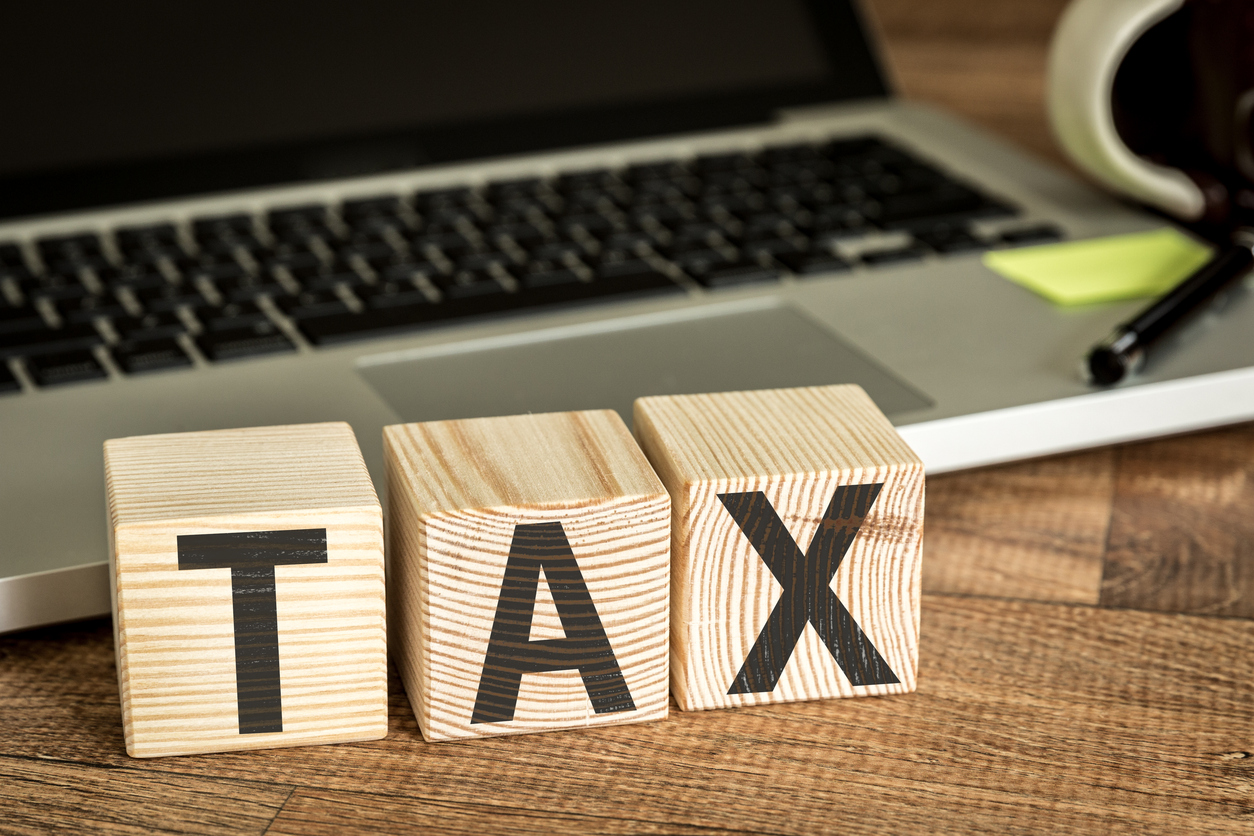If you own the foreign equivalent of a 401(k) plan or an IRA, then you might reasonably assume that, under US tax law, the IRS would treat your foreign account the same way it treats US 401(k)s and IRAs. You might assume that your contributions to these accounts would be tax-deductible, your earnings would grow tax-free, and you would only owe tax at the time you start taking retirement distributions from the account.
The only problem with these assumptions? You would be absolutely wrong.
Although the IRS grants tax-favored status to certain US retirement plans and savings accounts, it generally treats their foreign equivalents quite differently. That’s true even if the foreign retirement account receives special tax treatment in the other country. (There are a few exceptions, such as Canadian RRSPs, but those exceptions are extremely rare.)
In fact, the IRS has a long history of treating foreign assets more severely. Of stripping them of their tax-preferred treatments. Of requiring ever more extensive and burdensome information reporting each year. Of imposing harsh penalties for failure to file timely, accurate forms to report them. (To be fair, there are good reasons for this.) Still, the burden on “ordinary” taxpayers with pension and retirement accounts outside the US has been disproportionate.
In an unusual move, the IRS took steps earlier this year to make things easier for certain US taxpayers with retirement accounts and savings trusts outside the US.
On March 2, 2020, the IRS announced two new “safe harbors” for certain US citizens, green card holders, and other US tax residents who own foreign pensions, retirement accounts, and savings trusts (see Rev. Proc. 2020-17). It also offered relief from certain penalties for US taxpayers who hadn’t completed past filings of specific forms (namely, Forms 3520 and 3520-A). These measures were then published and went into effect on March 16, 2020.
It should be noted that the IRS has made a habit of issuing guidance via FAQs versus publishing guidance in the Internal Revenue Bulletin (IRB). The IRB is the authoritative instrument for announcing official rulings and procedures of the IRS. If guidance is not published in the IRB, then it carries no weight if challenged in tax court (or any other legal proceeding). An example of unpublished guidance is the Frequently Asked Questions (FAQs) for Cryptocurrency. They have never been published in the IRB and are therefore persuasive versus actual guidance that a taxpayer can rely upon. The Rev. Proc. 2020-17 was published in the IRB and therefore can be relied upon.
In particular, the first safe harbor offers a big benefit for US taxpayers with foreign pension and retirement accounts. Taxpayers whose pensions or retirement accounts meet the safe harbor requirements can obtain more favorable US tax treatments for their foreign pensions and accounts. They can also skip certain time-consuming annual informational filings and seek forgiveness of past penalties.
Do the safe harbors and relief under Rev. Proc. 2020-17 apply to you?
If you are already a client of The Wolf Group, we identified potentially affected clients earlier this year and are assessing whether you can benefit from these changes. So far, where these safe harbors apply, clients have seen a reduction in their annual reporting requirements (and a related reduction in the time and cost to prepare their returns).
For clients who are new to The Wolf Group (and other interested parties), you may be wondering whether you can take advantage of the safe harbors and relief offered by Rev. Proc. 2020-17. To address some of the most common questions raised, we have prepared this three-part series to walk you through the highlights.
In this series, we largely focus on the first safe harbor, which relates to foreign pension and retirement accounts.
- Part 1 (below), Impact of the New Safe Harbor, briefly explains why the safe harbor for foreign pension and retirement accounts makes a big difference to those eligible to claim it.
- Part 2, Eligibility Requirements, covers the eligibility requirements for the safe harbor and explains some questions that are still being resolved.
- Part 3, Penalty Relief, explores the penalty relief that the IRS is now offering to taxpayers who haven’t appropriately filed certain forms to report their foreign retirement accounts.
Part 1 – What is the new safe harbor saving you from?
As mentioned above, the US tax system has a long history of stripping foreign assets and retirement accounts of the tax-favored status they enjoy in their home country.
Instead, US tax law treats most foreign retirement and savings accounts as investment accounts, foreign trusts, or other taxable plans. This is true even if the account owners cannot legally access the funds until they retire. Plus, the accounts are often subject to a number of US foreign asset reporting requirements each year. And if you don’t comply with these annual reporting requirements, the IRS levies automatic penalties, generally starting at $10,000 per form per year. See the Foreign Asset Reporting page of our website for more information on forms and penalties.
Does the retirement safe harbor introduced under Rev. Proc. 2020-17 resolve all these challenges? No. Does it help? Absolutely.
What is the default tax treatment, if the retirement safe harbor does not apply?
Good question. There is no single default treatment. For decades, the IRS has lacked a clear-cut or universal method for reporting foreign retirement and tax-favored savings accounts. For each account or pension, the tax treatment and reporting requirements depend on many factors, which generally must be analyzed by a competent US tax professional familiar with the nuanced rules.
For those interested in the US tax code, the sections that generally apply are Internal Revenue Code Sections 6048, 679, 402, 6677, and 6038D, and Notice 97-34.
Even common foreign retirement and savings accounts, such as Australian Superannuation Funds and UK ISAs, do not have a single default US tax treatment. In many cases, these accounts vary in their account characteristics and in their owners’ facts and circumstances. Consequently, their US tax treatment varies, as well.
While the US tax treatment varies, there are several common themes:
- Taxpayers often have to obtain information annually on account values, investments held within the accounts, changes in units and values of holdings, and other details.
- Any contributions and annual changes in value are typically currently taxable in the US (rather than taxable only in the future).
- The accounts are subject to the IRS’s rules for annual reporting of foreign assets. Depending on the type of retirement account and other factors, the account may need to be reported on multiple forms.
- The US tax treatment may require account owners to “look through” the account to examine the investments it holds. In these cases, those investment details may need to be reported and taxed each year.
In the vast majority of cases, US tax law will treat foreign pensions and retirement accounts as some type of foreign trust. Depending on the type of foreign trust, owners are required to report them EACH YEAR on one or more of the following forms (along with any tax on Form 1040):
• Forms 3520 and 3520-A – for reporting foreign trusts
• Form 8938 – for reporting foreign financial assets
• Form 114 (FBAR) – for reporting foreign financial accounts
• Form 8621 – for reporting foreign mutual funds (held within most retirement accounts)
These requirements can seem like overkill for small retirement accounts (ISAs, Superannuation Funds, employer pensions, etc.) held outside the US. Why all this reporting? Well, the US tax laws that govern foreign trusts were written with “real” foreign trusts in mind, not foreign pensions and retirement accounts. Until the IRS issues regulations specifically for foreign retirement accounts, taxpayers must report and pay tax under the provisions available. And taxpayers are subject to the penalties under those provisions if they don’t file accordingly. That’s where the new safe harbor comes in.
How does the safe harbor help taxpayers with pensions and retirement accounts outside the US?
The retirement safe harbor introduced under Rev. Proc. 2020-17 provides relief to certain taxpayers who would otherwise be subject to the less favorable tax treatments and highest levels of annual informational reporting on their foreign retirement accounts.
If the safe harbor criteria are met, the accounts are eligible for the better tax treatment and reporting levels outlined under the “good case” outcome below, instead of the “worst case” outcome.
US Tax Outcomes for Foreign Retirement Accounts
- Best case (less than 1%): The US explicitly recognizes that the foreign pension or retirement account is equivalent to a tax-favored, qualified plan in the US. For these cases, additional US tax and reporting requirements are limited. (Don’t get your hopes up! The types of pensions in this category can be counted on one hand.)
- Good case (minority of accounts): The pension is a foreign employer pension that meets a whole list of criteria (related to plan characteristics, account value, contribution rules, matching rules, buyback provisions, salary level of owner, tax treatment in home country, etc.) to be deemed an “Exempt Employer Trust” under Section 402 of the tax code. For these cases, additional US tax and reporting requirements are limited.
- Worst case (majority of accounts): The pension or retirement account is a personal retirement savings account, an employer pension that doesn’t meet #1 or #2 above, or any other foreign pension or retirement account. For these cases, the US does not treat the account as a “tax-favored account.” Instead, the US tax treatment varies. Usually, some tax is owed each year, and the taxpayer generally must file various informational reporting and multiple disclosure forms every year. This can add up to a lot of paperwork. And the penalties for not filing the forms timely generally start at $10,000 per form per year.
The retirement safe harbor introduced under Rev. Proc. 2020-17 effectively allows eligible taxpayers to retain more of the tax-favored status they enjoy in their home country. It also significantly reduces the annual foreign informational reporting requirements (and costs) for taxpayers who own these accounts.
For those who qualify, the safe harbor exempts taxpayers from needing to file the following forms for their retirement accounts:
- Annual Forms 3520 and 3520-A to report their retirement accounts as foreign grantor trusts every year. These forms require significant annual detail on account value, retirement plan earnings, changes in units from contributions and distributions, and other information.
- Annual Forms 8621 to report details and income from the investments in the retirement accounts every year. US tax rates are extremely high on income reported on Form 8621, and the calculations and reporting are time-consuming (and therefore costly).
This is a great benefit because these forms require significant amounts of information. To complete them, taxpayers must respond to informational items and checklists, provide income statement and balance sheet data for the account, and separate out annual income and current values. This must be done every year.
Now, the big questions: How do you qualify? And can you obtain relief from penalties if you didn’t file the forms properly in the past?
We address those questions in Parts 2 and 3 of our series:
Do you have further questions? Contact us.
The Wolf Group has 37 years of International Tax experience, including audit defense and penalty abatement representation. Our firm has represented taxpayers in a wide variety of international tax-based audits including but not limited to FBAR examinations, Streamlined Filing audits, foreign tax credit redeterminations, and IRS “wealth squad” audits/examinations. We are well versed in all the fundamental rules and regulations related to the classification, reporting, and taxation of foreign pension, retirement, and savings plans.



